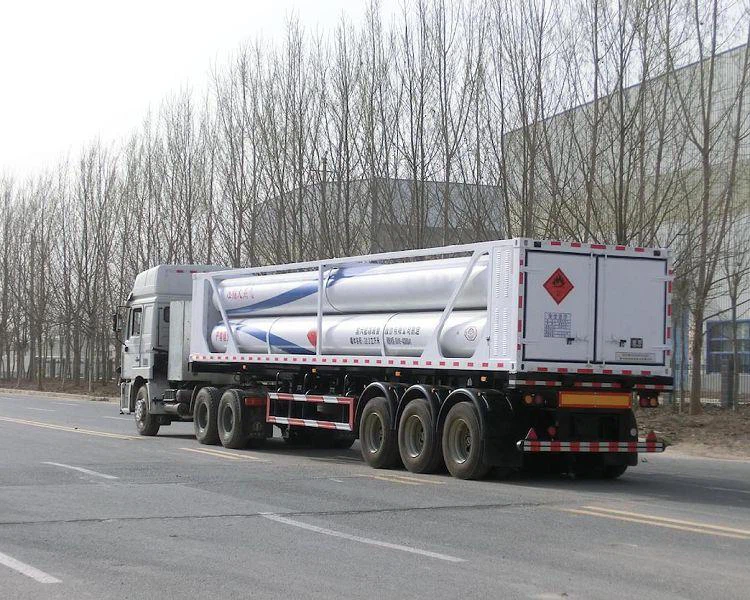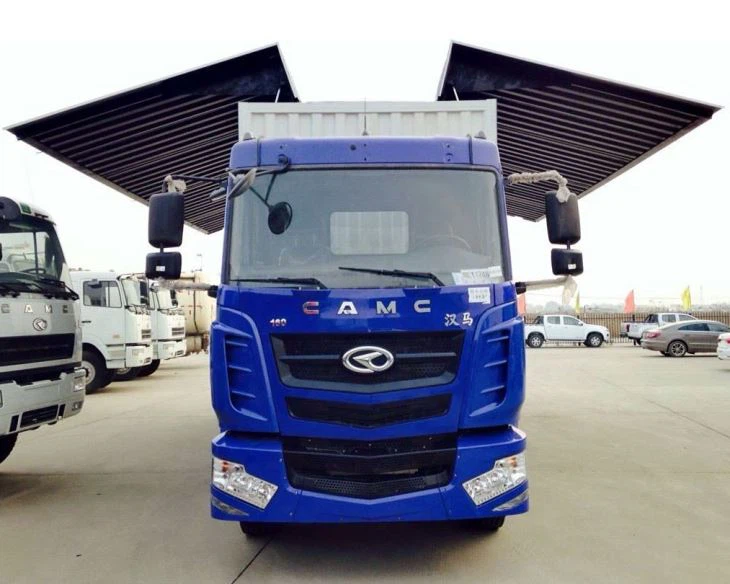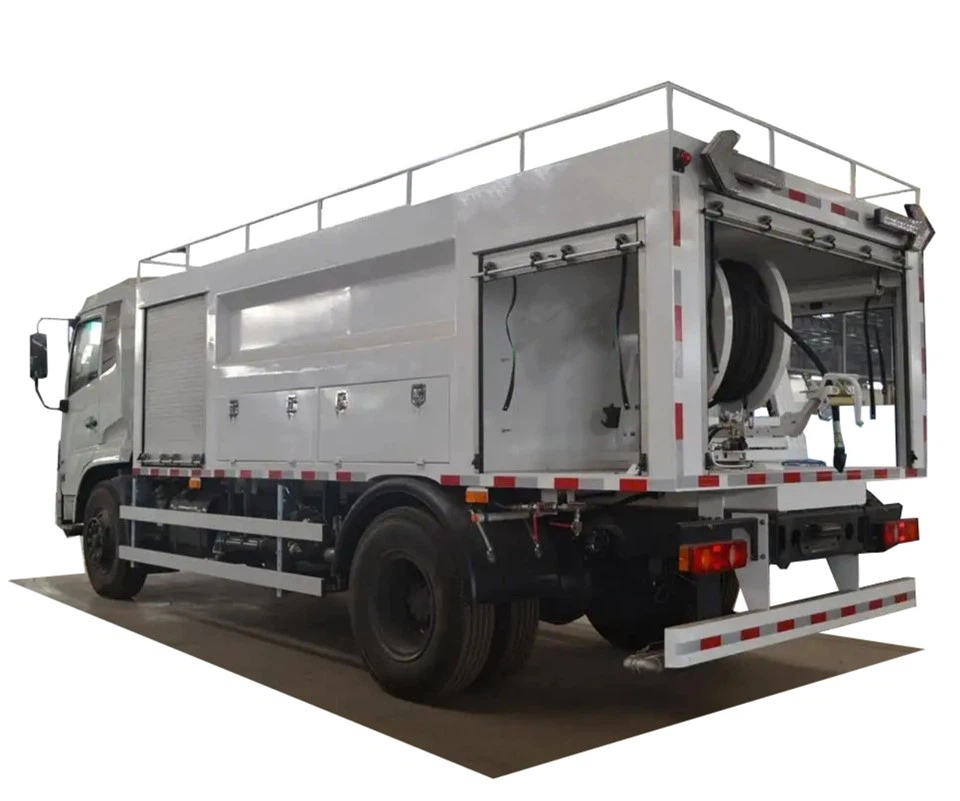Everything You Need to Know About 8 Yards: A Comprehensive Guide

When it comes to measurements in construction, landscaping, or even home improvement, understanding and utilizing the term “8 yd” is crucial. Whether you’re dealing with materials, space, or waste, this article details everything you need to know about 8 yards, providing practical tips, examples, and insights that can streamline your projects.
Understanding the Basics of Yards
A yard is a popular unit of measurement in the United States, often used in various industries. To grasp what 8 yards entails, let’s break down some basic information:
What is a Yard?

A yard is equivalent to 3 feet or 36 inches. In metric terms, one yard is approximately 0.9144 meters. Knowing these conversions can help you better understand the context in which 8 yards is used.
Conversions and Equivalents
| Unit | Equivalent |
|---|---|
| 8 yards | 24 feet |
| 8 yards | 288 inches |
| 8 yards | 7.32 meters |
Where 8 Yards is Commonly Used
In Landscaping
In landscaping, 8 yards can refer to soil, mulch, or gravel. A standard cubic yard is used to measure the volume of bulk materials. For instance, if you need 8 yards of topsoil for your garden, you’ll purchase 8 cubic yards of material.
In Construction
In the construction industry, 8 yards can help visualize the size of a project. For construction workers, understanding the implications of 8 yards could involve digging foundations, pouring concrete, or estimating additional costs.
In Waste Management
Dumpsters are often measured in cubic yards, and an 8-yard dumpster is a standard size for commercial waste disposal. Knowing the dimensions can help businesses better manage their waste needs.
Calculating Volume Using 8 Yards
How to Calculate Volume
To calculate the volume of an area or material, the formula is:
Volume = Length × Width × Height
Example Calculation
For example, if you need to fill a rectangular area with soil and the dimensions are:
- Length: 8 yards
- Width: 3 yards
- Height: 1 yard
The volume would be:
Volume = 8 yd × 3 yd × 1 yd = 24 cubic yards
Practical Applications of 8 Yards

In Gardening Projects

When planning a garden, understanding how to measure in yards can help you effectively allocate space. If you want to create a flower bed that is 8 yards long, you just need to ensure that you have the correct width and height for planting.
In Driveway and Patio Installations
If you are installing a driveway, knowing the cubic yards of concrete needed is vital. You might estimate that an average driveway needs about 3 inches of concrete. Using calculations similar to those provided earlier, you can determine how many cubic yards of concrete to order.
Tips for Handling 8 Yards of Materials
Planning Ahead
Always overestimate the amount of material you need by about 10% to account for spillage, compaction, or miscalculations. When ordering 8 yards of soil, consider purchasing about 8.8 yards to ensure you have enough.
Understanding Delivery Options
When ordering bulk materials, confirm if the supplier can deliver the order to your location. Some suppliers have a minimum delivery requirement of 8 yards, while others may offer smaller quantities.
Cost Considerations for 8 Yards of Materials
Common Material Costs
| Material | Average Cost per Yard | Total Cost for 8 Yards |
|---|---|---|
| Topsoil | $15 | $120 |
| Gravel | $30 | $240 |
| Concrete | $100 | $800 |
Budgeting for an 8-yard Project
Always create a comprehensive budget that includes material costs, labor, and additional supplies such as tools or equipment rentals.
Common Mistakes to Avoid with 8-Yard Projects
Underestimating Material Requirements
One of the most common mistakes is underestimating how much Material you actually need for your project. Always consider unexpected changes or extra material needed for finishing touches.
Ignoring Weight Considerations
8 yards of certain materials can be quite heavy. For instance, 8 yards of concrete weighs approximately 20,000 pounds. Make sure your vehicle can handle this weight or arrange for delivery rather than attempting to transport it yourself.
Frequently Asked Questions
What does “8 yd” mean?
8 yd is shorthand for eight yards, which is a measure of length or volume, depending on context. It’s often used in construction and landscaping.
How much is 8 yards in feet?
8 yards is equal to 24 feet (since 1 yard = 3 feet).
How do I measure 8 yards on my property?
You can measure 8 yards using a measuring tape or a long measuring wheel. Ensure you have a straight line or clear path for accurate measurements.
Can I fit 8 yards of materials in my truck?
This depends on the size and capacity of your truck. A standard pickup truck typically cannot hold 8 yards of material, especially when it comes to heavy materials like concrete or dirt.
How do I calculate how much an 8-yard dumpster can hold?
An 8-yard dumpster has a volume of 8 cubic yards. You can estimate its capacity in terms of weight based on the type of material being disposed of, but typically it holds about 2 tons.
What factors should I consider when ordering 8 yards of material?
Consider the type of material, delivery options, weight limitations, and costs involved. It’s also wise to estimate a little more than needed to prevent running short.
